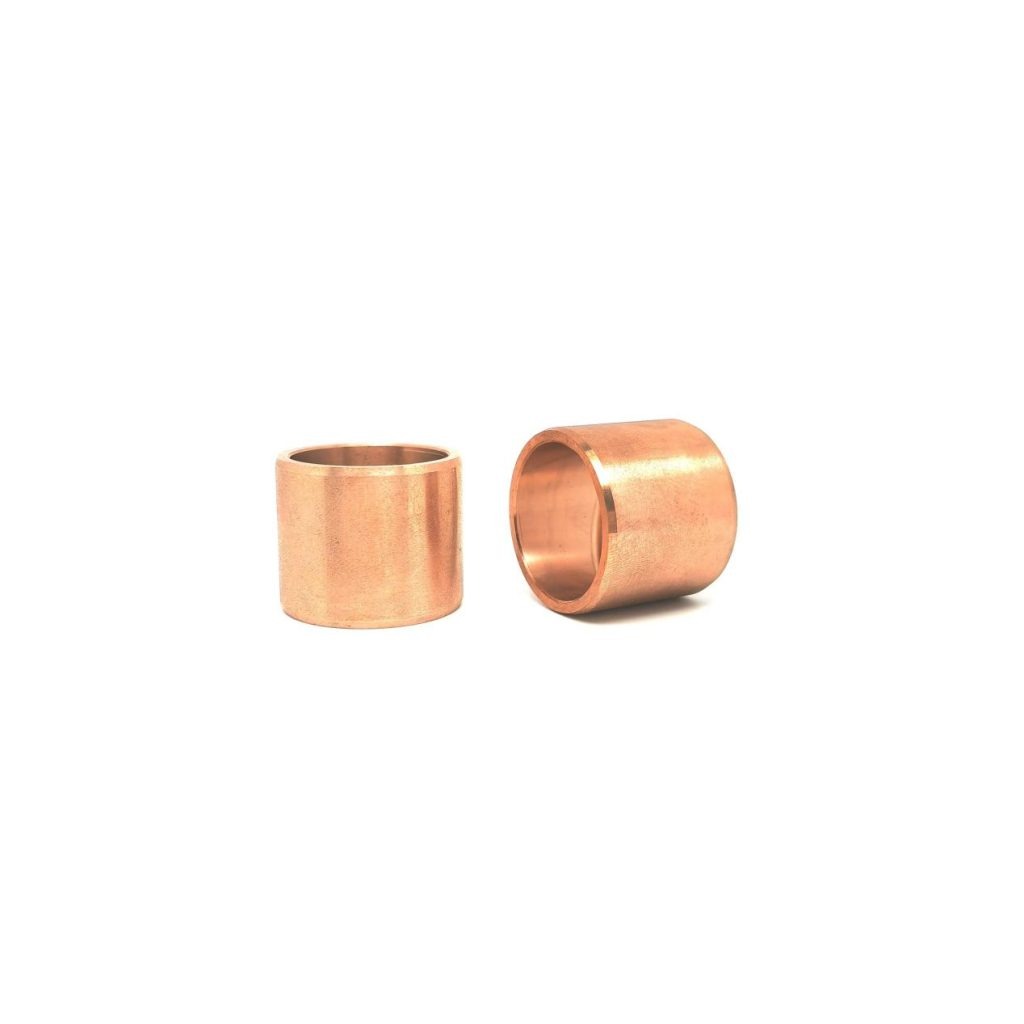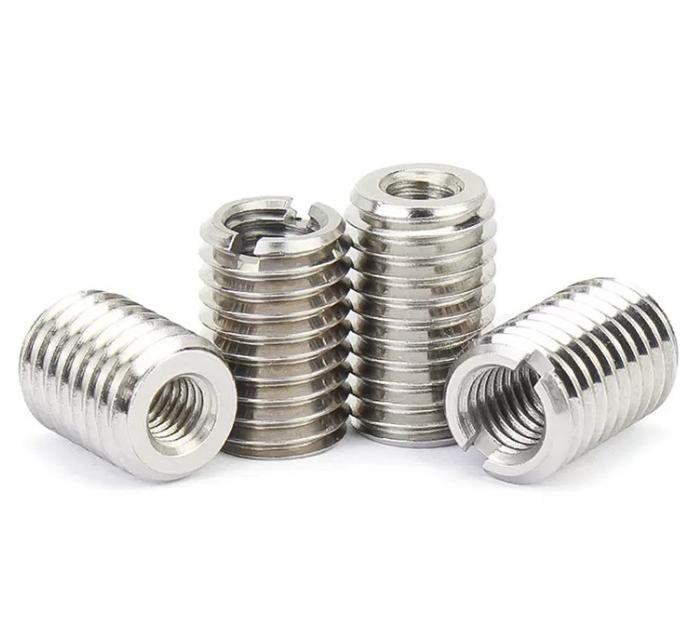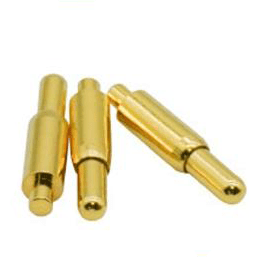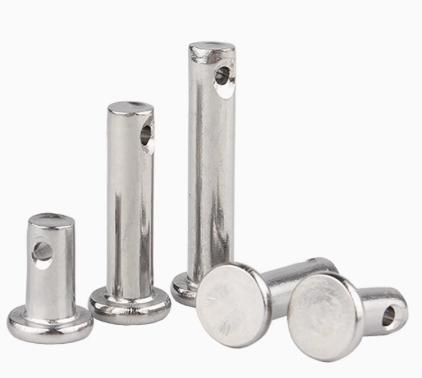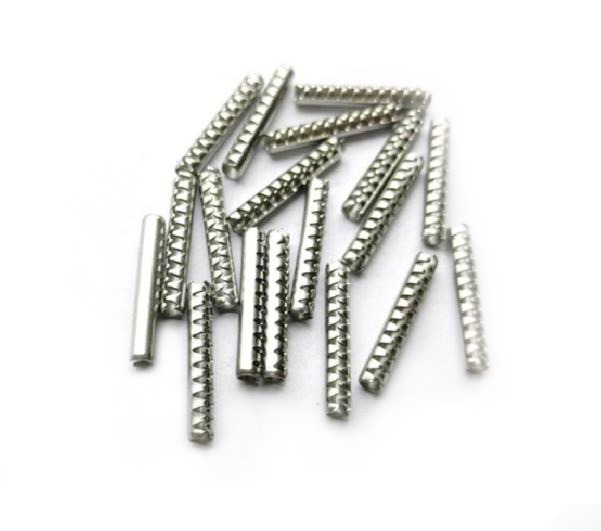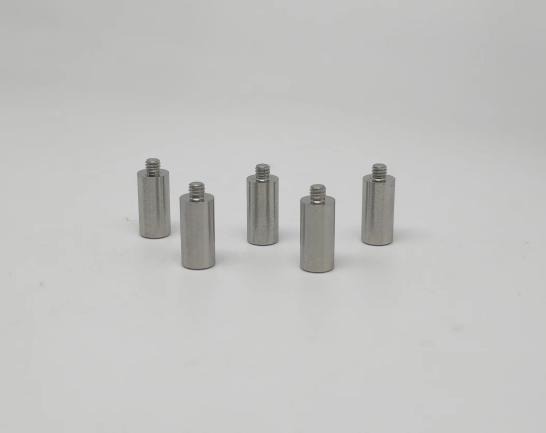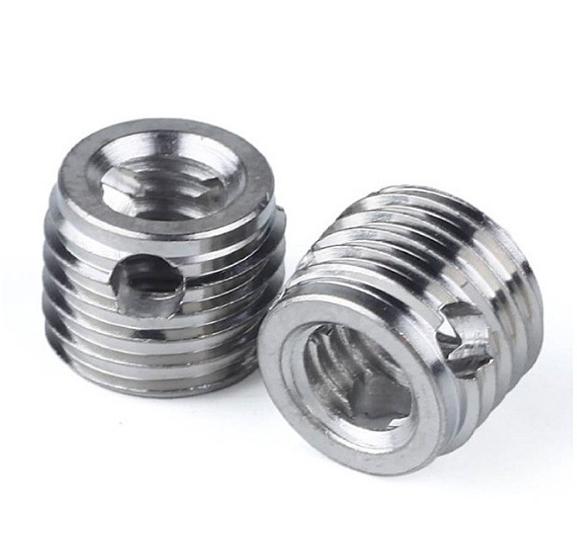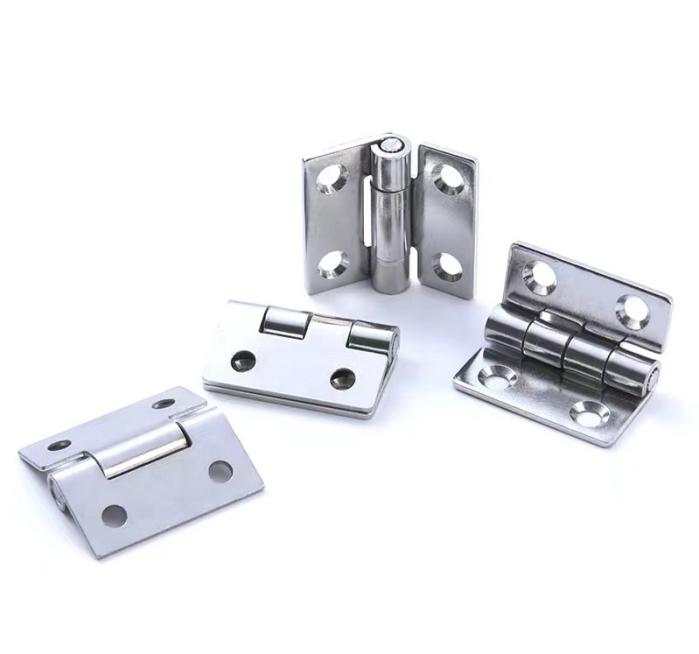The Difference Between CNC Milling and CNC Turning
The realm of CNC machining, powered by the precision of computer numerical control, holds immense potential for crafting intricate parts and components. However, navigating this versatile world can be daunting, especially for those unfamiliar with the nuances of different processes. Two prominent methods, CNC milling and CNC turning, often leave individuals wondering which one best suits their needs. This article aims to demystify these two techniques, highlighting their key distinctions, applications, and strengths to guide you in making informed decisions.
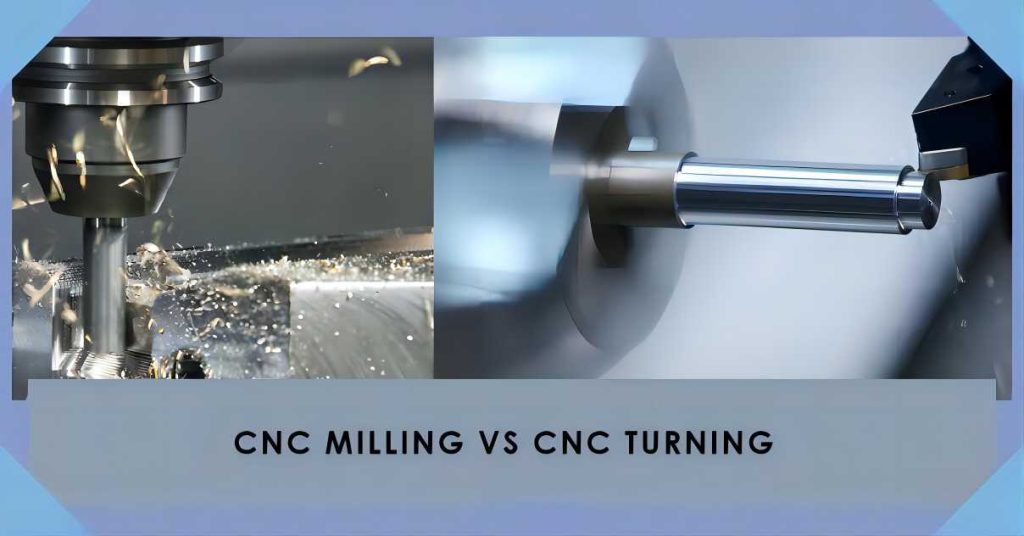
What is CNC Milling?
CNC milling is a subtractive manufacturing method where rotating cutters chip away material from a solid block to create desired shapes. These machines control the cutter movement on multiple axes, enabling features like slots, holes, and complex designs. The wide range of capabilities allows the creation of simple to intricate parts.
Milling machines come in various sizes and setups, tailored to specific projects. Vertical machines have a spindle standing upright, while horizontal ones have it positioned sideways. Some models boast multiple spindles or tool changers, enabling the use of various cutters in one go, boosting efficiency and versatility.
CNC milling excels in producing highly precise and complex parts, making it ideal for industries like aerospace, automotive, medical, and electronics. It works effectively with metals, plastics, and even composites.
What is CNC Turning?
CNC turning, another subtractive method, also uses rotating cutters to remove material from a workpiece. However, unlike milling, the workpiece itself spins while the cutter remains stationary. These machines, called CNC lathes, control the cutter movement along two axes, enabling the creation of cylindrical shapes and intricate features like threads, grooves, and tapers.
CNC lathes come in various configurations, including horizontal and vertical models. While horizontal ones are more common, vertical lathes offer superior rigidity and stability for specific applications. Some machines even have “live tool” capabilities, allowing additional milling operations during turning, further expanding their functionality.
Like milling, turning shines in producing parts with cylindrical shapes or features, making it popular in industries like automotive, aerospace, and medical device manufacturing. Common materials used in turning include metals, plastics, and composites.
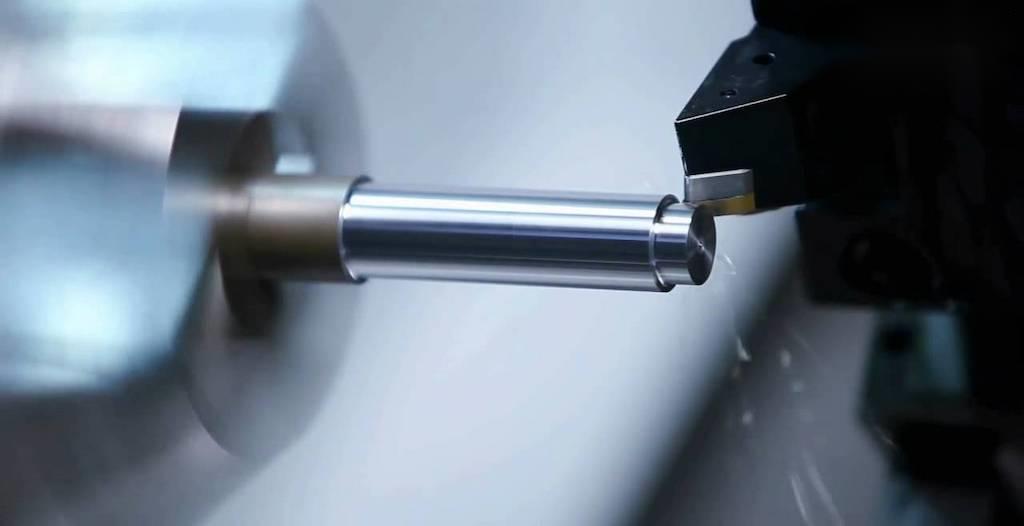
Key Differences Between CNC Milling and CNC Turning
While both CNC milling and CNC turning utilize computer-controlled tools to remove material from a solid block, their fundamental differences significantly impact the type of parts they produce and the applications they’re suited for. Here’s a detailed breakdown of their key distinctions:
| Feature | CNC Milling | CNC Turning |
| Motion | 3-axis (X,Y,Z) standard, 4-5 axis for complex features. Tool can move in any direction within defined range. | Workpiece rotates at high speeds (up to several thousand RPM). Tool position remains fixed relative to rotating workpiece. |
| Suitable Geometries | Can create intricate pockets, slots, curves, angles, and 3D shapes. Ideal for complex, one-off parts. | Limited to cylindrical and conical shapes with additional features based on tool profile. Best for high-volume production of standardized parts. |
| Tooling | Wide variety of tools for different functions: end mills for flat/curved surfaces, ball mills for pockets, drills for holes, taps for threads. Tools can be changed quickly for versatility. | Lathe tools designed for specific operations: inserts for roughing/finishing/grooving, threading tools for internal/external threads, knurling tools for textured surfaces. Limited tool variety compared to milling. |
| Chip Formation | Discontinuous chips due to intermittent tool engagement. Chip size and shape vary based on toolpath, material, and settings. | Continuous chips in ductile materials, discontinuous chips in harder materials, fragmented chips in brittle materials. Chip management strategies differ based on type. |
By understanding these key differences, you can make informed decisions when choosing between CNC milling and CNC turning for your specific machining needs.
Advantages and Disadvantages of CNC Milling and CNC Turning
Both CNC milling and CNC turning offer unique capabilities, but also come with inherent limitations. Here’s a more detailed breakdown of their advantages and disadvantages:
Advantages of CNC Milling
- Versatility: The ability to move the tool along multiple axes allows for the creation of a wide range of complex shapes, including flat surfaces, pockets, angles, curved contours, and even non-rotational 3D geometries. This makes milling ideal for intricate parts, custom designs, and one-off prototypes.
- High Precision: The precise control of the toolpath and cutting parameters in milling enables the creation of parts with tight tolerances and smooth finishes. This is crucial for applications requiring high accuracy, such as aerospace components and medical equipment.
- Wide Material Compatibility: Milling can handle a diverse range of materials, including metals, plastics, and even wood. This flexibility allows for machining a variety of parts from different materials without needing specialized equipment.
Disadvantages of CNC Milling
- Slower Speed: Compared to turning, milling can be a slower process, especially for complex geometries requiring multiple tool changes and intricate toolpaths. This can impact production time and overall cost.
- Higher Tooling Costs: The wider variety of tools used in milling can lead to higher tooling costs compared to turning, especially for specialized tools required for complex shapes. Additionally, frequent tool changes can increase downtime and maintenance needs.
- Increased Material Waste: Milling often generates more material waste compared to turning due to the removal of material from all sides of the workpiece. This can be a concern for expensive materials or environmentally conscious projects.
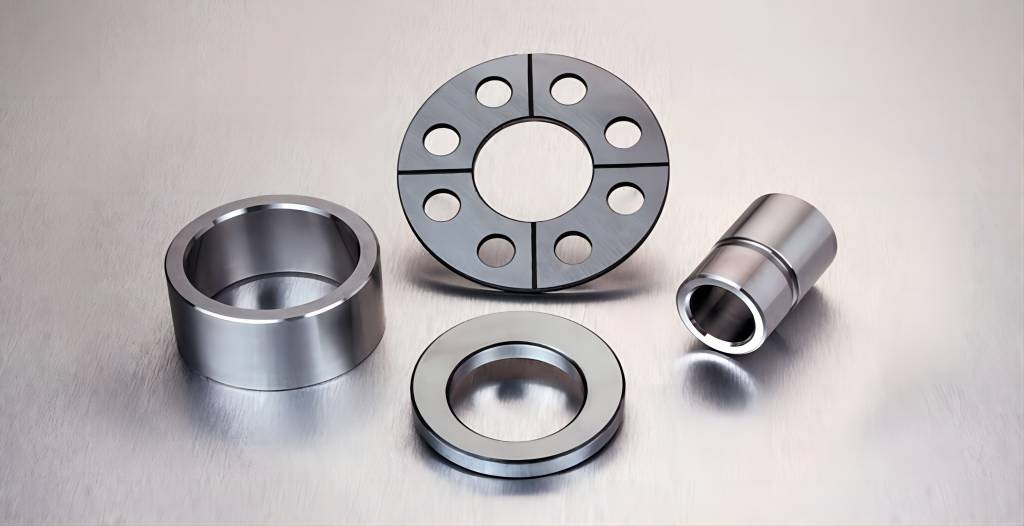
Advantages of CNC Turning
- Fast and Efficient: The continuous rotation of the workpiece and the focused nature of tool operations in turning make it a highly efficient process for producing rotational parts. This translates to faster production times and lower costs for high-volume manufacturing.
- Excellent Surface Finish: The continuous cutting action in turning often results in superior surface finishes compared to milling, particularly for cylindrical and conical shapes. This eliminates the need for additional finishing steps in some cases.
- Lower Tooling Costs: Turning primarily utilizes lathe tools designed for specific operations, leading to lower tooling costs compared to the wider variety of tools required in milling. Additionally, fewer tool changes are needed, reducing downtime and maintenance.
Disadvantages of CNC Turning
- Limited Geometries: Turning is primarily limited to producing cylindrical and conical shapes, with additional features determined by the tool profile. This restricts its application to rotational parts and excludes complex, non-rotational geometries.
- Lower Material Compatibility: Turning is typically suited for machining metals and some plastics due to the high rotational forces involved. This limits its application to a narrower range of materials compared to milling.
- Less Flexibility: The focus on rotational shapes and limited tool variety make turning less flexible than milling for creating unique or complex designs. It is best suited for high-volume production of standardized parts.
Selecting the Right Process: Key Factors to Consider
Choosing between CNC milling and CNC turning hinges on several critical factors that impact the suitability of each process for your specific project. Here’s a breakdown of the essential considerations:
1. Part Geometry
- This is the most crucial factor. Milling excels at creating complex shapes with intricate features, including flat surfaces, angles, pockets, and curved contours. It’s ideal for non-rotational geometries and one-off parts with unique designs.
- Turning is limited to rotational shapes, primarily cylinders and cones. While additional features can be generated based on the tool profile, it’s best suited for standardized parts like shafts, gears, and bearings.
2. Material Properties
- Milling can handle a wider range of materials, including metals, plastics, and even wood. This flexibility allows for machining diverse parts without specialized equipment.
- Turning typically focuses on metals and some plastics due to the high rotational forces involved. It may not be suitable for softer materials or those prone to deformation.
3. Production Volume
- Milling can be slower, especially for complex shapes requiring multiple tool changes. This makes it less efficient for high-volume production, where cost and speed are critical.
- Turning excels in high-volume production of standardized rotational parts due to its fast and efficient nature. The continuous cutting action and fewer tool changes translate to faster cycle times and lower costs per unit.
4. Cost and Efficiency
- Milling generally has higher tooling costs due to the diverse toolset required for various features. Frequent tool changes can also increase downtime and maintenance needs.
- Turning typically has lower tooling costs due to the use of specialized lathe tools. Additionally, the streamlined setup and fewer tool changes contribute to improved overall efficiency.
Making the Optimal Choice
By carefully evaluating these factors in relation to your specific project requirements, you can make an informed decision about the most suitable process:
- Choose milling for intricate geometries, one-off parts, and wider material compatibility, even if production speed or cost might be slightly impacted.
- Opt for turning when dealing with high-volume production of standardized rotational parts where speed, efficiency, and cost are paramount, despite limitations in geometry and material selection.
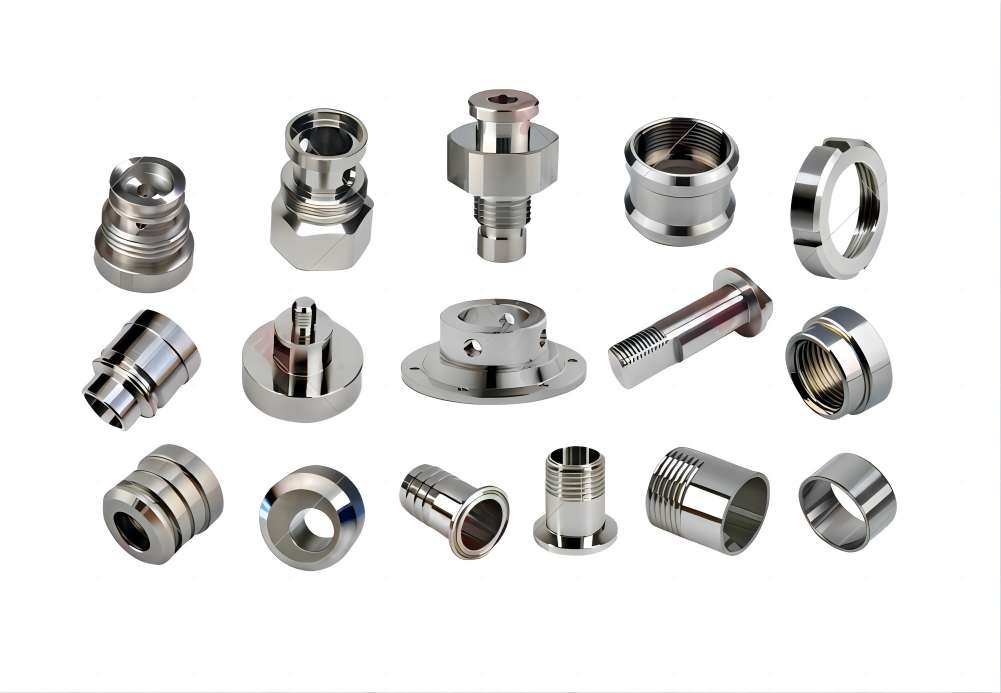
CNC Milling and Turning Applications in Various Industries
CNC turning and milling are used in multiple industries to produce precision parts for different applications. Here are some examples of CNC milled and turned parts.
| Industry | CNC Milling Applications | CNC Turning Applications |
| Aerospace | Engine housings (complex internal chambers, cooling channels) 2. Wing ribs (lightweight, high-strength, varied profiles) 3. Landing gear components (struts, brackets, attachment points) | Shafts and axles (landing gear, control systems) 2. Gears and bearings (various mechanisms) |
| Automobile | Engine components (prototypes, custom parts) 2. Complex internal engine parts (cylinder heads, intake manifolds) | Drive shafts and axles (transmission, powertrain) 2. Gears and bearings (transmission, differential, wheels) 3. Engine components (pistons, crankshafts, camshafts) 4. Fasteners and hardware (bolts, nuts, screws) |
| Medical Instruments | Prosthetics and implants (custom-fit, intricate features) 2. Surgical instruments (scalpels, forceps, bone drills) 3. Medical molds and dies | Needle cannulas and syringes (diameters, surfaces) 2. Joint implant components (specific features) |
| Electronics | Heatsinks (complex cooling fins, channels) 2. Molds and dies (plastic casings, components 3. Electronic connectors and contacts (precise dimensions) | Shafts and axles (motors, encoders) 2. Heatsink components (internal cooling channels) 3. Precision fasteners and hardware |
| Industrial Equipment | Heavy machinery components (pumps, valves) 2. Jigs and fixtures (custom holding/positioning) 3. Prototype and custom parts | Shafts, axles, and bearings (rotating components) 2. Gears and sprockets (power transmission systems) 3. Pulleys and rollers (conveying systems, material handling) 4. Fasteners and hardware |
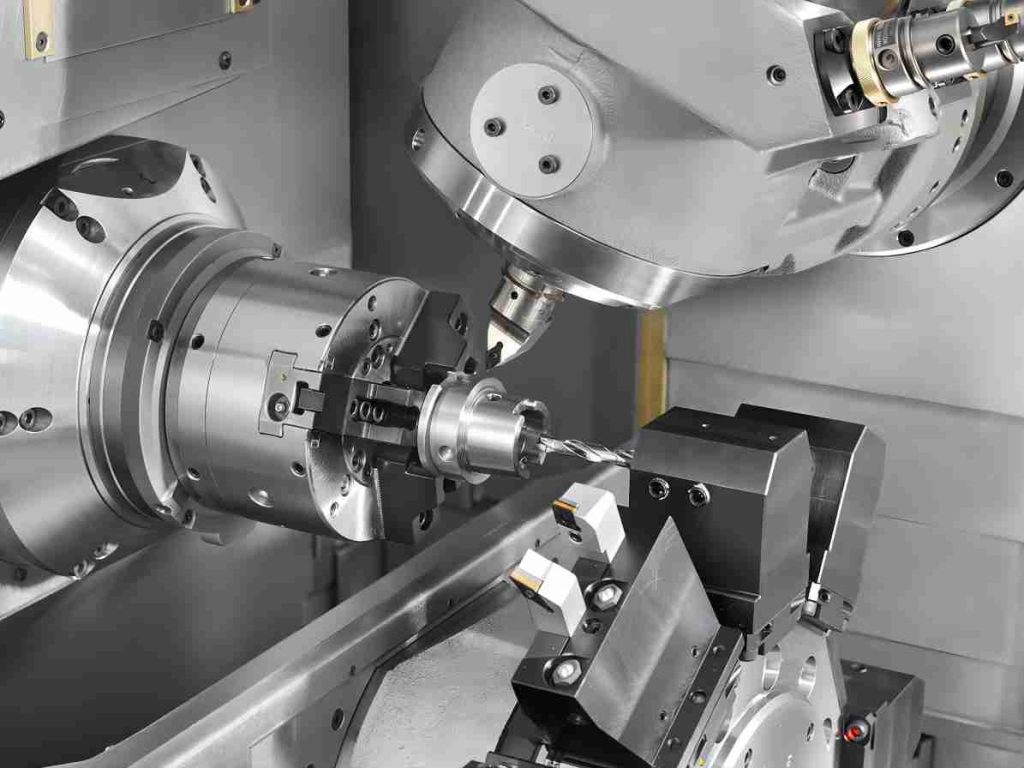
Conclusion
The intricate worlds of CNC milling and CNC turning, while both utilizing computer-controlled tools to manipulate metal, offer distinct pathways to achieve diverse manufacturing goals. By understanding the key distinctions in motion, suitable geometries, tooling, and chip formation, you gain the power to make informed decisions when selecting the optimal process for your project. Consider the intricate shapes and materials of aerospace components, the rotational demands of shafts and bearings, the precision needs of medical instruments, and the efficiency requirements of high-volume production – each industry presents a unique landscape where milling or turning shines.
Remember, the choice isn’t always binary. In certain cases, combining the capabilities of both processes can unlock even greater possibilities. Ultimately, understanding the distinct realms of CNC milling and CNC turning empowers you to navigate the vast landscape of manufacturing, selecting the right tool to bring your vision to life with precision, efficiency, and success.

